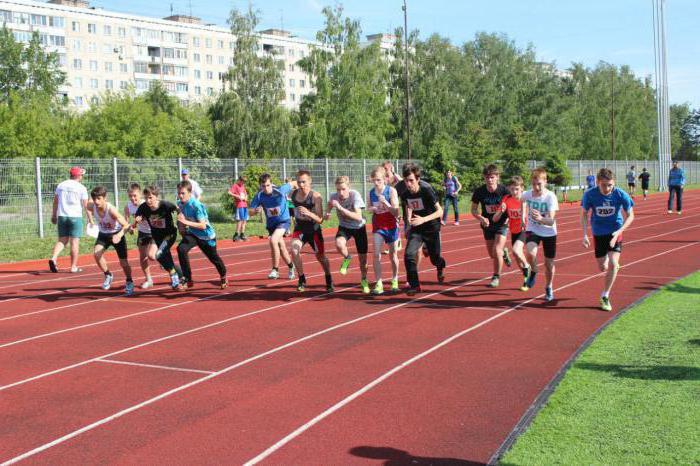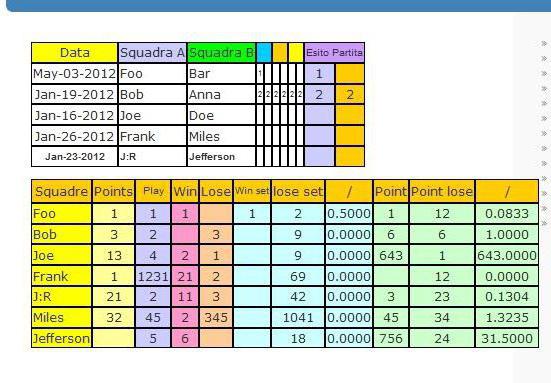Types of Correction Schools
What is the attitude of people around tochildren with disabilities? Most adults treat them as "poor and miserable," and the children's community rejects them as "abnormal." Very rarely a special child meets the interest of other people, the desire to make friends.
The situation with teaching is even worse. Not every school is ready to teach a child with special educational needs. While inclusion - the education of children with disabilities in a mass general education school - remains only a dream for the parents of special children.
The fate of many such children is learning incorrectional schools, which are not always near the house, and, often, in another city. Therefore, most often they have to live in a boarding school.
Currently, the types of correctional schoolsare determined taking into account the primary defect of students. Each of the eight types of general education institutions for children with special educational needs has its own specifics.
Special correctional educationalan institution of type 1 takes into its walls deaf children. The task of teachers is to teach a deaf child to communicate with others, to master several types of speech: oral, written, dactylic, gestural. The curriculum includes courses aimed at compensating for hearing through the use of sound amplifying equipment, pronunciation correction, social and everyday orientation and others.
A similar work is done by the correctional school 2of the species, but only for deaf or late children. It is aimed at restoring lost hearing abilities, organizing active speech practice, and teaching communicative skills.
The first and second types of correctional schoolscarry out the educational process at three levels of general education. However, deaf students need two years more to master the primary school curriculum.
The third and fourth types of correctional schoolsare intended for children with visual impairment. Teachers of these special educational institutions organize the process of education and upbringing in such a way as to preserve other analyzers, develop corrective-compensatory skills, and ensure social adaptation of children in society.
In the correctional school 3 types are sentblind children, as well as children with visual acuity from 0.04 to 0.08 with complex defects leading to blindness. In the educational institution of 4 types, children with visual acuity from 0.05 to 0.4 with the possibility of correction are accepted. Specificity of the defect involves training with the use of typhlo-equipment, as well as special didactic materials that allow you to absorb the incoming information.
Special correctional institution of 5 typesis intended for children who have a general hypoplasia of speech, as well as severe speech pathology. The main goal of the school is correction of the speech defect. The entire teaching and educational process is organized in such a way that children have the opportunity to develop their speech skills throughout the day. When the speech defect is eliminated, the parents have the right to transfer the child to a regular school.
Children with musculoskeletal disorderscan be trained in a correctional school of 6 types. In the correctional institution, restoration of motor functions, their development, correction of secondary defects is carried out. Particular attention is paid to social and labor adaptation of pupils.
Correction school 7 types accepts children withdelayed mental development, and with opportunities for intellectual development. In school, the correction of mental development, the development of cognitive activity and the formation of skills of educational activities. Based on the results of education in primary school, pupils can be transferred to a comprehensive school.
Correctional school of 8 kind is necessary for children withmental retardation for training under a special program. The goal of the training is social and psychological rehabilitation and the possibility of integrating the child into society. In such schools there are classes with in-depth labor training.
Almost all of these types of correctional schools teach children for twelve years, have in their staff specialists defectologists, speech therapists, psychologists.
Undoubtedly, children who have studied for so many years in theresidential institution, have certain difficulties in social orientation. A big role in the integration of special children in society belongs not only to correctional schools, but also to parents. A family struggling for their child will be able to help him to adapt in the world around him.




